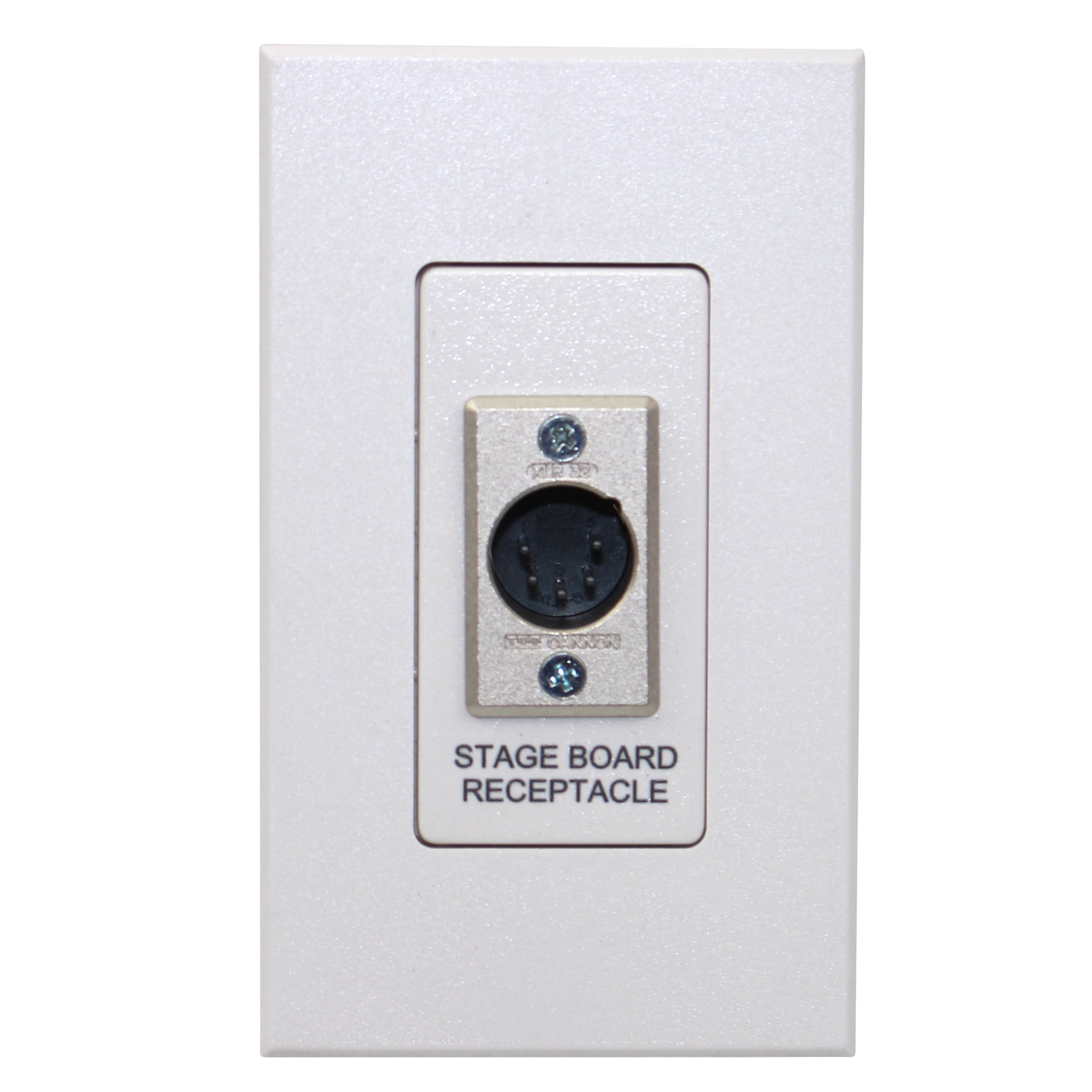

If you have a mix of space types for your building perimeter (such as functional and social), generally choose functional as these areas are critical for glare control. For instance, in a work area, glare control may be critical while in a social area, such as a cafeteria, glare control may be partially sacrificed for view preservation. Depending upon the space selected, the performance priorities and recommendations may vary. For the best results, use the advanced input option to specify an exact glass visible transmittance.Ī space can be used either for work (functional), recreation (social) or as a pathway to access another areas (transition). If you select from the predefined glass combinations, the tool will assume a typical value for the glass visible transmittance. Therefore, the glass properties impact the type of shade that may be required in the space as well as the predicted performance. The composition of the glass, specifically the glass visible transmittance, will affect the amount of daylight that is transmitted into the space and the resultant glare and daylight autonomy. Use the advanced input to input exact window to wall ratio when available. Curtain walls (>70% WWR) are simulated with the head height near the ceiling (10ft) and varying the bottom of the window to meet the WWR.
#Lutron dc shade control windows#
This tool assumes that windows are continuous horizontal glass with the bottom of the window at the workplane and the head height varied to match the window fraction. For the best results, use the advanced input option to define the exact WWR. A low WWR will restrict the capacity of a room in achieving good daylight autonomy but conversely reduces the potential for glare. This ratio determines the quantity of sunlight entering the space. A WWR of 100% indicates that the windows take up the entire perimeter wall area. The window to wall ratio (WWR) is the ratio of window area to the wall area (including the windows). Please note that the latter method may produce fabric suggestions that are not uniform across all façades. If you would like façade specific information, please run a simulation on each façade separately. The solar shade recommendation is based on evaluating the complete solution across all façades to give the best combined performance. Why should I add façades instead of running multiple analyses with individual façades?

If your project includes a North façade (Northern Hemisphere) with a highly reflective structure in front, input this façade as a South façade for sufficient glare protection. When selected, any direct sun lower than 30 degrees from the horizon will be excluded from the glare and average shade position calculations. If you are confident that a façade is already protected during these periods from neighboring buildings or other shading devices, then select “Show Advanced” and check the box below each shaded façade. By default, fabric recommendations from this tool take into account glare from direct view of the sun orb, even at very low angles such as sunrise/sunset and midday winter sun. Use the compass to help define a custom orientation.

The façade orientation affects the intensity of direct sunlight, diffuse skylight, and sun orb brightness. When this occurs, the user will be notified of the weather file location. In some cases, the necessary climate information was not available for the specific city and a nearby city was used in replacement. This tool is currently available most major international cities. The location of the project helps determine the effect of climatic conditions (such as cloudy or clear days) as well as hourly sun position.


 0 kommentar(er)
0 kommentar(er)
